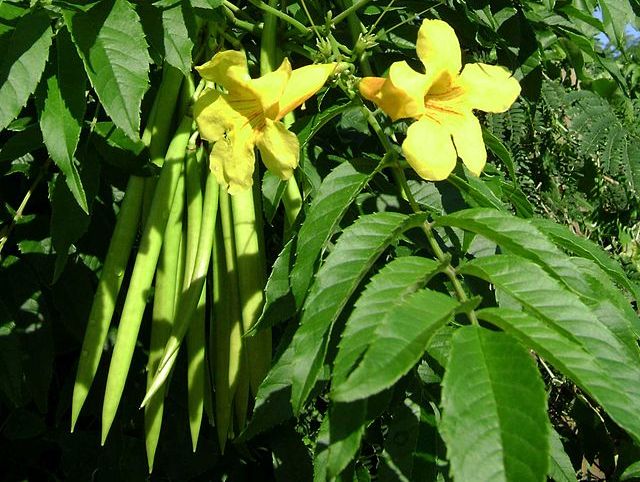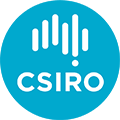Yellow bells
Yellow bells (Tecoma stans) is a shrub or small tree that is invasive in coastal areas of NSW. It can produce dense stands that outcompete natural vegetation. Yellow bells was classified as a secondary priority weed for biocontrol as part of the prioritisation process undertaken in the project. It is however, a weed that is of increasing concern in NSW and included in several Local Land Services Regional Weed Plans. The Trust decided to make a small initial investment in this weed by supporting the preparation of the required information dossier to support the nomination of yellow bells as a target for biocontrol target. Further investment in a promising candidate biocontrol for this weed may be made in the future.
Gavin Hunter and Louise Morin of CSIRO co-authored the information dossier. For further information on the project, please visit here: https://research.csiro.au/weed-biocontrol/yellow-bells-nomination/

Flowers, leaves and pods of yellow bells. (Photographer: Tau’olunga, Wikipedia)


